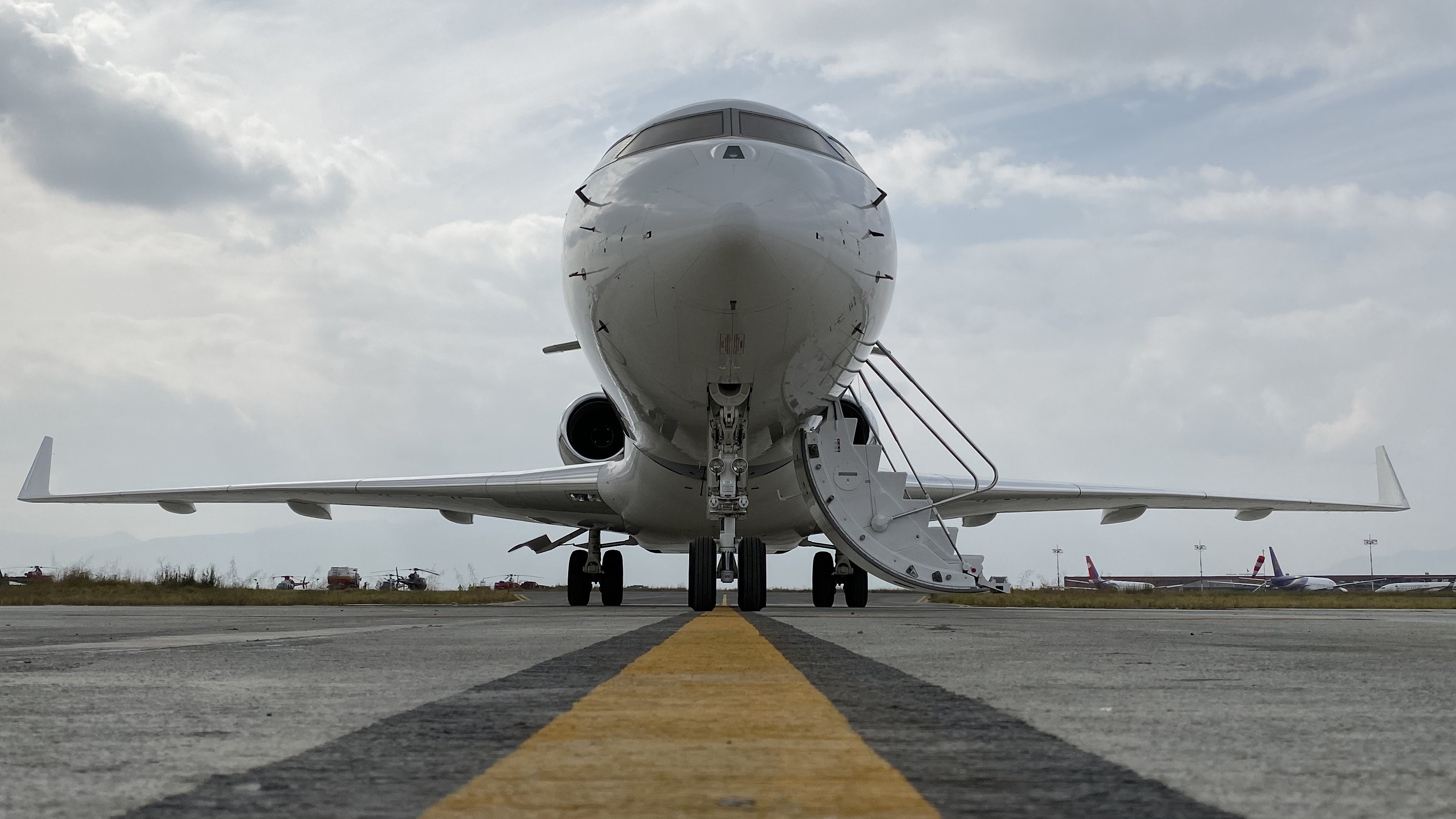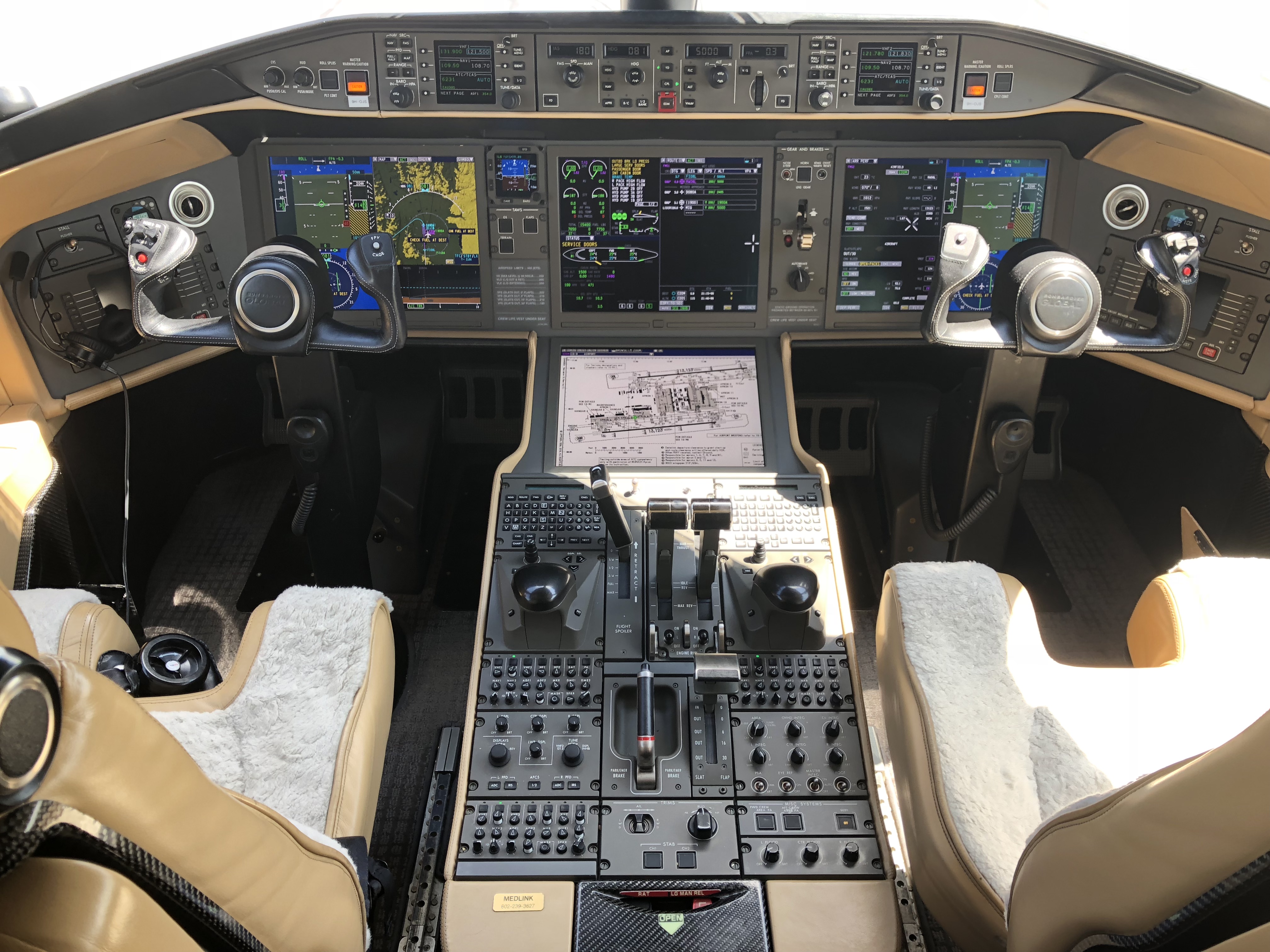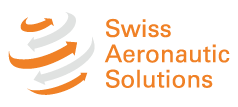
AOC Application
Applying for an AOC is a lengthy process that requires sound knowledge of existing regulations and legal requirements. Without the help of experienced professionals, vast financial resources can be wasted without any substantial outcome.
Swiss Aeronautic Solutions offers a comprehensive approach based on an integrated project management plan that carefully analyses your company resources across a predetermined timeframe. By maintaining a strict and constant oversight of all tasks involved in the application process of an AOC, we will lead your project to it’s final outcome within a time span of about 9 months, depending on existing documentation and your level of compliance implementation.
- We will assist you in preparing and providing all required legal documents and setup your essential milestone and appointments with the regulating agency.
- We will write all legally required manuals
- We will assist you in the development of your standard operating procedures as well as the development of your safety management system.
Aircraft Acquisition
Purchasing an aircraft?
When it comes to purchase an aircraft, a lot of crucial choices have to be made. Too often, a buyer ends up with the aircraft he wants instead of the aircraft he needs. While brokers are a quick and convenient way to find the object of your dreams, many operational aspects tend to be overlooked during the selection phase. Various factors need to be taken into account before making these choices.
- Operational aspects such as range and performance,
- Financial aspects such as aircraft financing and operational costs
- Insurance and tax issues, which will in turn determine
- Registration issues.
Swiss Aeronautic Solutions offers a panel of experts that will help you to make the right choice based on a sound analysis of you needs and requirements.


Maintenance Solutions
Your organization is in a need of a maintenance solution? You have acquired an aircraft and need a maintenance program?
Any operator to which EASA rules apply needs to implement a Continuing Airworthiness Management system that meets the requirements of EC N°2042/2003 Annex I (Part M). Even when registered outside the EU zone, many national registry regulations require the implementation of a comprehensive, documented and controlled airworthiness system.
Whether you decide to have your own CAMO or would like to sub-contract this activity to an approved organization, Swiss Aeronautic Solutions can assist you in making the right choice, according to the needs and size of your organization.
We can set up an in-house CAMO, write your company CAME and assist you in choosing the right maintenance program for you. If the size of your organization doesn’t justify the implementation of an in-house solution, our experts will help you identify a reputable and licensed CAMO.
We will also help you develop any other manuals or protocols that you would require, such as MEL or Maintenance Check Flight Manuals.

IS-BAO
The International Standards for Business Aviation Operations (IS-BAO) is an industry code of best practices developed by the International Business Aviation Council (IBAC) for the international business aviation community. It focuses on the promotion of high operational standards, supported by operational procedures, efficient training and focuses on the development and implementation of a performance based SMS system based on ICAO’s Standards And Recommended Practices on SMS.
Many regulating agencies, including EASA and the FAA, have recognized IS-BAO as a validation program to meet ICAO SMS standards. The OTAR for instance, regulating business aviation in the British Oversee Territories, have made the implementation of an SMS system mandatory and recommends IS-BAO as their benchmark standard.
IS-BAO recognition is subject to an auditing process, which requires revalidation every 2 years
Swiss Aeronautic Solutions is listed by IBAC as an accredited IS-BAO auditor.
- We are can carry out audits for any organization seeking IS-BAO initial approval (Step 1)
- We can revalidate your company accreditation after a 2 years period. (Step 2 & Step 3).
- We can also help your organization to gain approval by developing your organization’s SMS system
- We can assist you to consolidate the various safety elements that your organization has already implemented to help you to build a sound and appropriate Safety Management System
- We will also assist you in writing and publishing a Safety Manual, your Operation Manuals, your company Standard Operating Procedures and any other manual necessary for your IS-BAO accreditation.
- We will assist you in developing an implementing your Emergency Response Plan (ERP)
Part-NCC
and
private operators

Any private operator aiming to operate an aircraft within the European area nowadays faces increasing challenges. It faces a number of crucial choices in order to ensure that it complies with a broad legal fabric while maintaining its cost structure.
What we offer:
- Tailor-made solutions, including the writing of operating manuals based on the new Part-NCC standards and applicable Part-ORO rules. http://easa.europa.eu/flightstandards/ga-ba.html rules
- An efficient and profitable safety management system, in line with local and international legislation
- If you choose to entrust your aircraft to a management company, we can help you identify the best service provider, in terms of logistics efficiency and the quality of its services according to your operational requirements and personal.
- We can help you choose between different tax-efficient registration solutions, such as the Republic of San Marino or the Isle of Man registry. If you prefer to register your plane outside the Europe zone, we can offer you solutions with the British Overseas Territories (VP & VQ) or Aruba (P4)
ASEA legislation:
The ASEA Part-ORO which covers the operation of commercial operations has been in effect since October 28, 2012. The Part-NCC, which covers non-commercial operations, has been in effect since August 25, 2013. Although the EASA has made arrangements for member states regarding the implementation date by establishing opt-out phases, all European non-commercial operators have until August 2016 at the latest to fully comply with the news. Part-NCC standards. The main aspect of this new legislation is the obligation for each operator to have a management system (MS) which would include a safety management system (SMS)

Company Audits
Effective management systems require compliance with regulating agency regulations as well as strict adherence to internal processes and procedures.
- You need to conduct scope based internal audits?
- You want a more comprehensive audit to assess your management system?
- You lack the resources or expertise to conduct these audits?
Swiss Aeronautic Solutions hosts a panel of licensed airline auditors that can answer all your needs
Safety Management System - SMS
International regulatory framework
With the issue of Annex 19 of ICAO’s Standard And Recommended Practices (SARPs) for the establishment of an SMS and the implementation of EASA’s Part ORO and NCC, aviation safety management for Flight Training organizations, Maintenance facilities, Air Operators and General Aviation is becoming mandatory. All EASA AOC holders have until October 2014 to create an integrated Management System that encompasses a Safety Management System and Non-Commercial Complex operators will have to comply in a very near future.
While most operators have already set up and used many elements of an SMS, there is a regulatory requirement that requires compliance with a business-like approach to safety management.
Business Case
There is a general misconception about the way safety fits, in terms of priority, within the framework of strategic targets and commercial objectives of an aviation service organization. This has led to the idea among the general public that safety should be put above any other considerations. In reality, the management of safety is just one organizational process that allows aviation service organizations reach their business objectives and ensure service delivery. Safety Management should be considered as an additional business function to be treated at the same level as other core business functions, such as financial management, human resource management and legal management. In view of this perspective, the main challenge faced by an organization that embraces safety management will be to maintain a constant balance between production goals and protection goals in order to avoid resources tilting unfavourably to one side or the other.
Why a consulting firm?
While many organizations have , the planning and implementation of an effective Safety Management System can turn out to be a daunting task. Careful planning and resource evaluation should be thoroughly carried out to create an integrated system where all parts are efficiently linked together. Our team of consultants at Swiss Aeronautic Solutions has the expertise to provide you with tailor made solutions, in phase with the size and complexity of your organization. We will initially conduct a gap analysis of your safety system to evaluate where you stand in relation to ICAO’s SARPs.

Subsequently, we will establish an implementation plan based on the results of this analysis and your actual human and financial resources to help you build a sound, appropriate and efficient safety management system while controlling costs and ensuring that it will also comply with all your current and coming national and international legal requirements.
